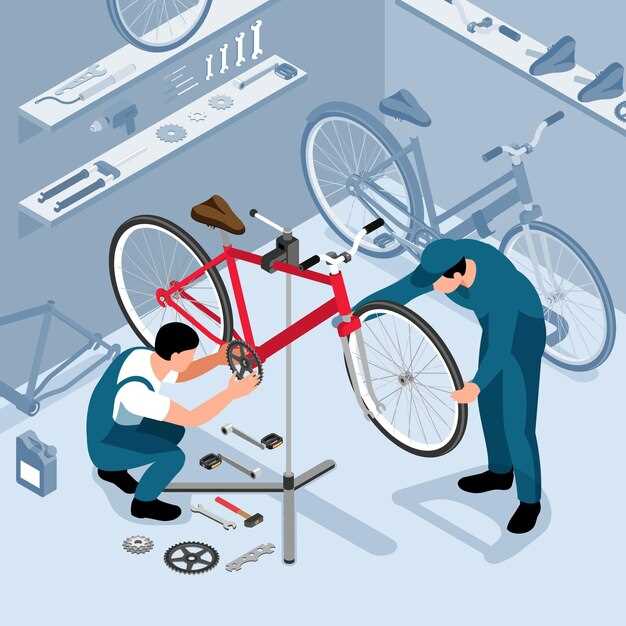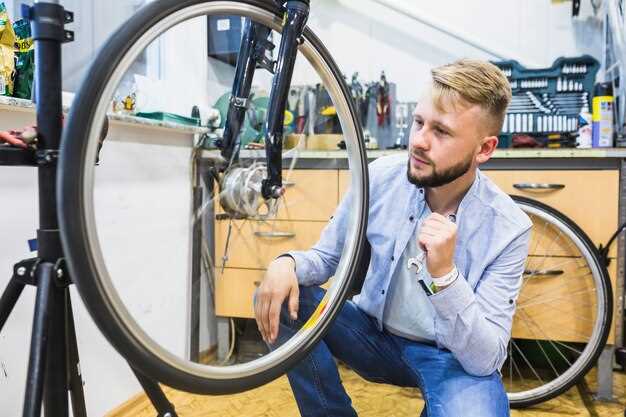
When a vehicle sustains damage, the structural integrity often hangs in the balance. Frame repair is a critical aspect of automotive maintenance that can significantly affect safety, performance, and resale value. Understanding how to evaluate the quality of these repairs is essential for any vehicle owner aiming to ensure longevity and reliability.
The quality of frame repair can be gauged through several key factors. Expertise of the technician plays a crucial role; a skilled professional will possess the knowledge and tools necessary to identify the extent of damage and implement effective repair techniques. Additionally, utilizing high-quality materials can make a substantial difference. Inferior components may compromise the overall strength and safety of the repair.
Another important consideration is the workshop’s reputation. Researching customer reviews and asking for recommendations can provide insights into the reliability and performance standards of a repair shop. A transparent process, including detailed estimates and follow-up services, also indicates a commitment to quality care.
Evaluating Materials Used in Frame Repair

When it comes to frame repair, the choice of materials is crucial for ensuring durability and performance. Different materials offer varying levels of strength, flexibility, and resistance to environmental factors. Common materials used in frame repair include steel, aluminum, and composite materials. Each has its advantages and drawbacks that can impact the overall quality of the repair.
Steel is favored for its strength and ability to absorb impact, making it a solid choice for highly stressed areas. It is often used in automotive frame repairs due to its robustness. However, steel is susceptible to rust and corrosion if not properly treated, which can compromise the repair over time.
Aluminum is lighter than steel while still offering commendable strength. It’s commonly used in modern vehicles due to its ability to enhance fuel efficiency. However, aluminum can be more challenging to work with, requiring specialized techniques for welding and repair. Its susceptibility to fatigue over time is also a consideration when evaluating its use in frame repair.
Composite materials, such as carbon fiber or fiberglass, provide a unique combination of strength and lightweight characteristics. These materials are often used in high-performance vehicles and applications where weight reduction is critical. Despite their advantages, composites can be expensive and may require specialized expertise for effective repair.
Additionally, it’s essential to consider the quality of the materials used in the repair process. High-quality materials lead to improved structural integrity and longevity of the frame. Opting for OEM (Original Equipment Manufacturer) parts is advisable, as they are specifically designed to meet the original specifications of the vehicle, ensuring compatibility and reliability.
In conclusion, evaluating the materials used in frame repair is essential for achieving a successful outcome. The right choice depends on factors such as the vehicle type, the specific repair required, and the long-term performance expectations. Ensuring that high-quality materials are employed can significantly enhance the durability and effectiveness of the repair.
Inspecting the Precision of the Repair Process
Analyzing the precision of a frame repair involves a systematic approach to evaluate the accuracy of the restoration. Begin by assessing the alignment of the vehicle’s frame with manufacturer specifications. Utilize specialized tools such as laser measurement systems to confirm that all necessary points are within acceptable tolerances. Any deviation can indicate a subpar repair that may compromise safety and performance.
Next, examine the welds and joints. Quality repairs should have smooth, uniform welds that are free from gaps or excess material. Inspect for proper penetration and bonding of the materials, as inadequate welds can lead to structural weaknesses. Consider performing non-destructive testing methods, such as ultrasonic or magnetic particle inspections, to identify internal flaws that may not be visible on the surface.
Monitor the finishes applied post-repair. The paint should match the original vehicle color and texture, ensuring a seamless look. Additionally, check for proper application methods and dry times to prevent issues such as bubbling or peeling, which can signal inadequate preparation or application processes.
Evaluate the functionality of components that were affected during the repair. Ensure that doors, hoods, and trunk lids close properly and align correctly. Misalignment can indicate issues with the frame’s straightness and overall repair quality.
Lastly, seek feedback from professionals who specialize in frame inspections. Their expertise can provide valuable insights into potential issues that may not be immediately obvious. A comprehensive assessment from a qualified technician can guarantee that the repair meets industry standards and ensures the vehicle’s safety and performance.
Assessing Longevity Through Post-Repair Performance

When evaluating the effectiveness of frame repairs, understanding the longevity of the repair is essential. Longevity can be assessed through multiple factors, including the quality of materials used, the skill of the technician, and the performance of the vehicle post-repair.
Material Quality: High-quality materials are critical to ensure that the integrity of the frame is restored. Using OEM (Original Equipment Manufacturer) parts or high-grade replacements can dramatically influence the durability of the repair. Inferior materials may lead to premature failure and compromise vehicle safety.
Technician Expertise: The skills and experience of the repair technician play a vital role in the longevity of the frame repair. Trained professionals who understand the intricacies of frame alignment and welding techniques can significantly enhance the effectiveness of the repair. Proper training and adherence to established repair protocols can prevent future issues.
Post-Repair Assessment: After the repair, conducting a thorough inspection is important. This includes checking the frame alignment and ensuring all mechanical components are functioning correctly. A comprehensive post-repair assessment can reveal potential flaws that may affect longevity, enabling timely corrections before major problems arise.
Performance Metrics: Monitoring the vehicle’s performance post-repair is a reliable method to assess durability. Key indicators such as handling stability, tire wear, and suspension response provide insight into the effectiveness of the frame repair. Any irregularities in these areas could indicate underlying issues that need to be addressed.
Customer Feedback: Gathering feedback from drivers after frame repairs can provide valuable information regarding the longevity of the repair. Experiences related to vehicle handling, noise, and overall satisfaction offer insights into how well the repair has stood the test of time.
In summary, assessing the longevity of frame repairs involves examining material quality, technician expertise, thorough post-repair assessment, monitoring vehicle performance metrics, and collecting customer feedback. Each of these elements contributes to a comprehensive understanding of the effectiveness and durability of the repair, ensuring that you can confidently rely on your vehicle for years to come.

